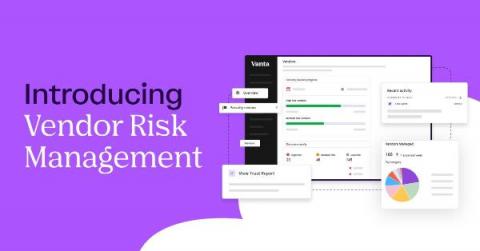Get Started with SOC 2 for Vendor Risk Management
SOC 2 reports evaluate internal controls to see how well a company identifies, assesses, mitigates, and monitors risks. In the context of third-party risk management (TPRM), a SOC 2 can give you confidence that your critical vendors are following best practices to protect your data. If you’re getting started with SOC 2 for third-party risk management or need an update, this blog has got you covered.






